.jpg?cx=0.5&cy=0.5)
Teaching Science? Start With a History Lesson
For the Teacher's Desk
Written by Lauren Barack; Photographed by Karl Maasdam
Including historical findings can help students understand how science advances—one step at a time, often with a bit of help from serendipity.
That unpredictability lies at the heart of how science moves forward—and it’s something many science teachers struggle to convey. Showing students that science is not a static collection of facts but an evolving continuum of discoveries—often born of missteps—means giving them backstory. "Whenever you are going to look for something, you are always going to find something which you didn't expect to happen," Subramanian says.
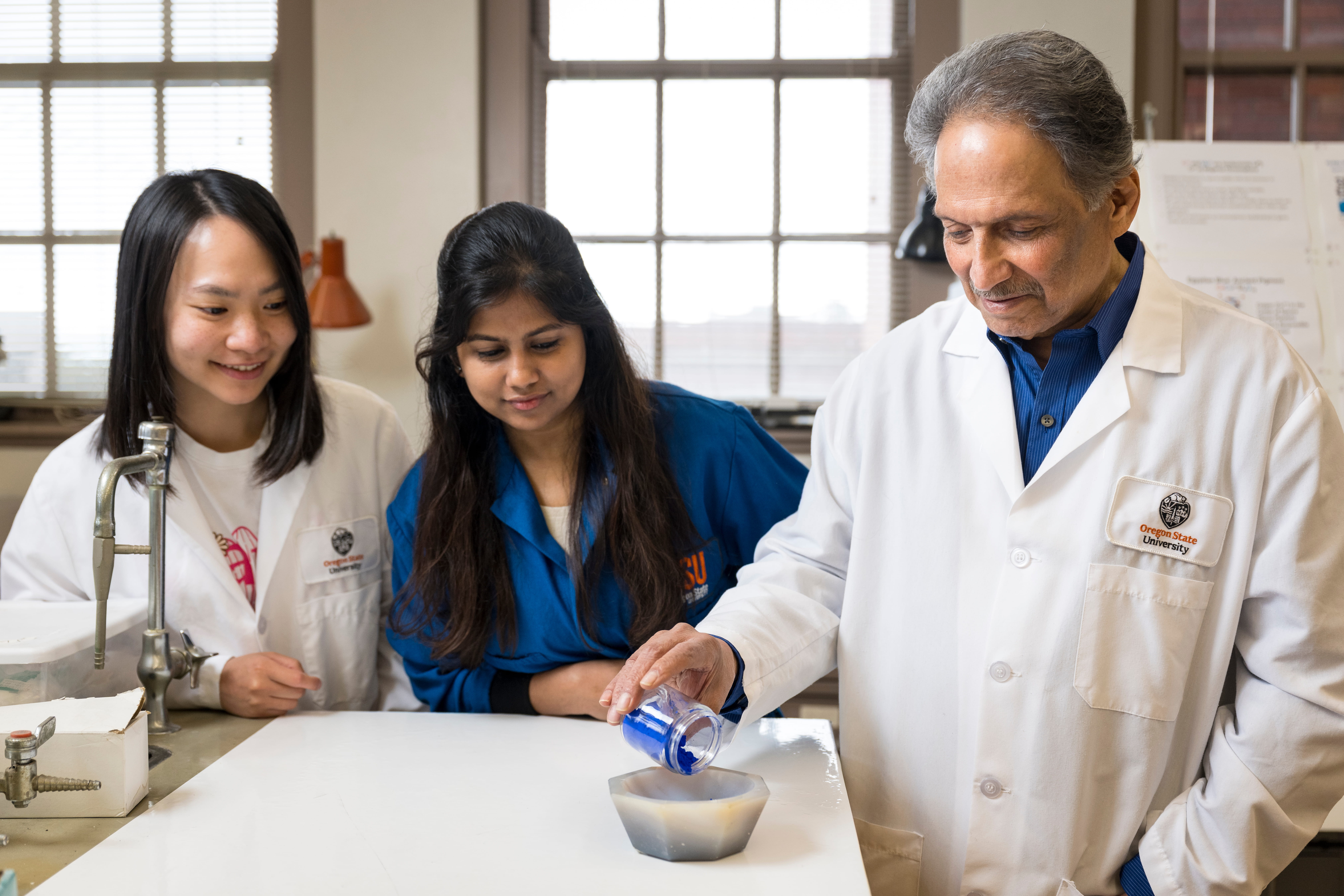
Karl Maasdam
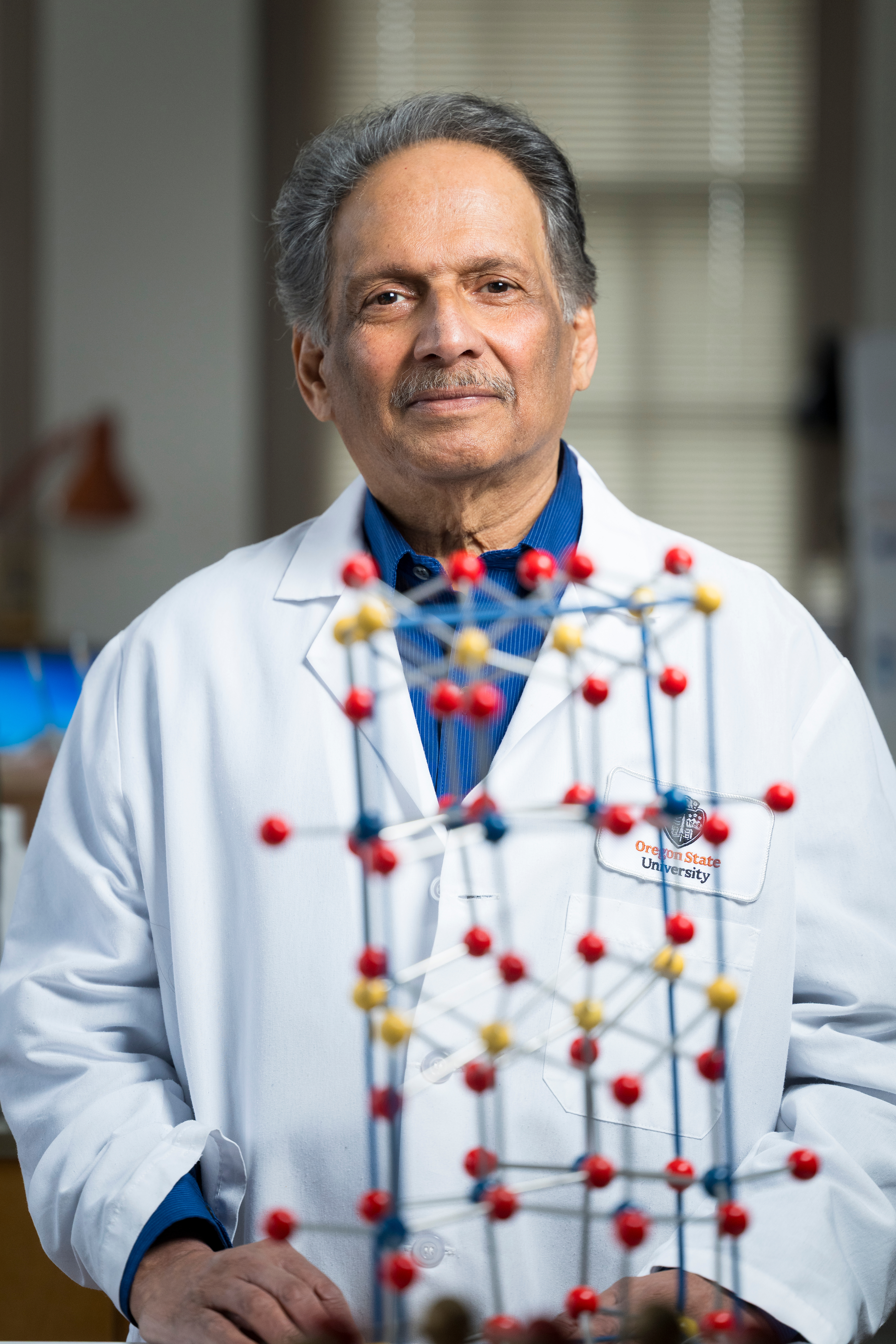
"Whenever you are going to look for something, you are always going to find something which you didn't expect to happen."
One way to do that: Bring history into the lab. Subramanian’s pigment, for example, gains meaning when students also learn about Egyptian blue, the first synthetic pigment created millennia earlier (see AramcoWorld’s 2021 article, “The Quest for Blue”). The Egyptians weren’t trying to make history. They simply needed a cheaper alternative to costly lapis lazuli from present-day Afghanistan. That calcium copper silicate hue, born of practicality, would eventually lay the groundwork for Subramanian’s work thousands of years later.
Christine Anne Royce, past president of the National Science Teaching Association, has seen how these connections stick. Framing experiments as chapters in a long scientific narrative does more than humanize discovery. It helps students see themselves in it. “We know from research that students remember content that has a storyline—the beginning, the middle, the end,” the professor of teacher education at Shippensburg University explains.
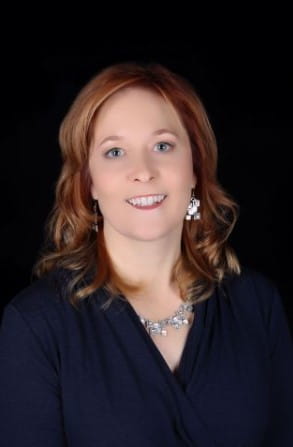
“We know from research that students remember content that has a storyline—the beginning, the middle, the end.”
That human thread runs through the work of scientists like 17th-century chemist Nicolas Lemery, who pursued his studies despite persecution in an era dominated by alchemy. His persistence helped shape our understanding of acids and bases, knowledge students can explore today with simple, hands-on experiments.
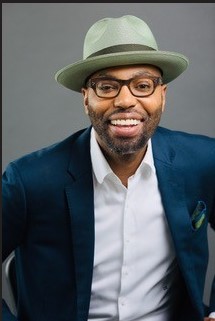
"Have more grit by giving them [students] exemplars of people who have made mistakes."
Historical links can also light up physics lessons. Ibn al-Haytham’s 10th-century-CE camera obscura experiment, highlighted in AramcoWorld’s "Ibn al-Haytham: Testing Is Believing," can be replicated with a shoebox, a flashlight and a paper cutout. Students see firsthand how light travels in a straight line, testing a hypothesis first posed 1,000 years ago. This approach “give students a chance to reflect on the nature of the scientific knowledge they themselves are constructing,” Erduran explains.
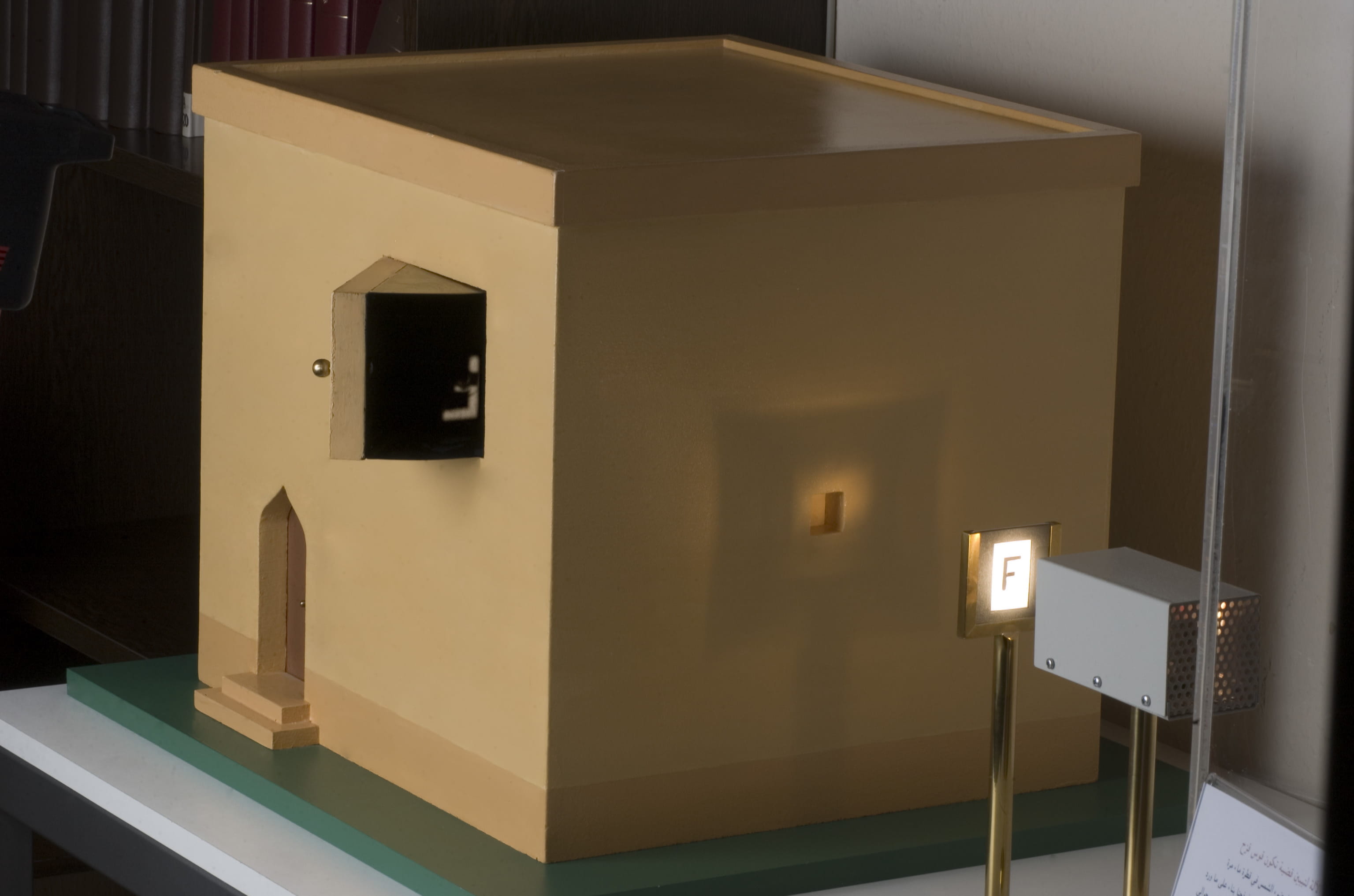
The Institute for the History of Arab-Islamic Science (Istitut fuer Geschichte der Arabisch-Islamischen Wissenschaften) in Frankfurt, Germany, contains a model of a camera obscura, which was first designed by Ibn al-Haitham in the 11th century CE, and is an early ancestor of modern photography devices. The institute's model is based on the explanations recorded by al-Haitham.
Thorne Anderson/Corbis
Today’s students do more than follow instructions. They step into the same story as Subramanian, Einstein, Lemery and Ibn al-Haytham—a story where curiosity, perseverance and even “failure” push science forward.
Linking the lab to centuries of inquiry helps them believe that they might be the ones to make those discoveries. "Today I didn't make something,” Subramanian reminds his students. “Tomorrow, maybe, I'll make one. There are more things to discover."
Other lessons
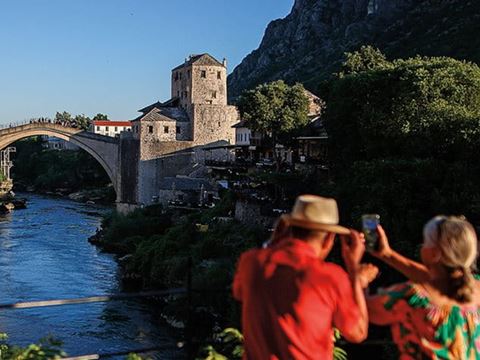
The Mostar Bridge Over Troubled Waters: A Case Study in Reconciliation.
History
Language Studies
Europe
Learn how the idioms and metaphors of a bridge destroyed during the Bosnian Civil War express the sentiment of a people.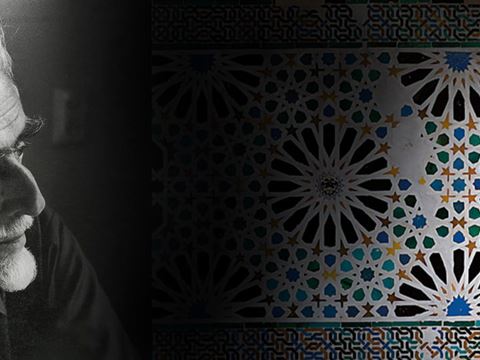
MC Escher’s “Extra-logical Realities”: Artistic Progression From Architecture to Mathematics
Art
History
Europe
Create a simple tessellation integrating techniques by Dutch artist M. C. Escher that relies on Islamic-inspired patterns.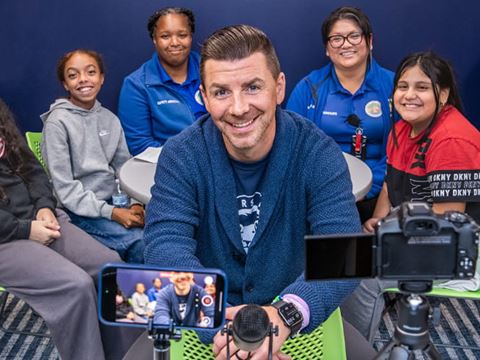
Learn the Art of Collaboration via the Art of Tiles
For the Teacher's Desk
With Portuguese tiles as teaching tools, discover how teamwork builds something lasting.